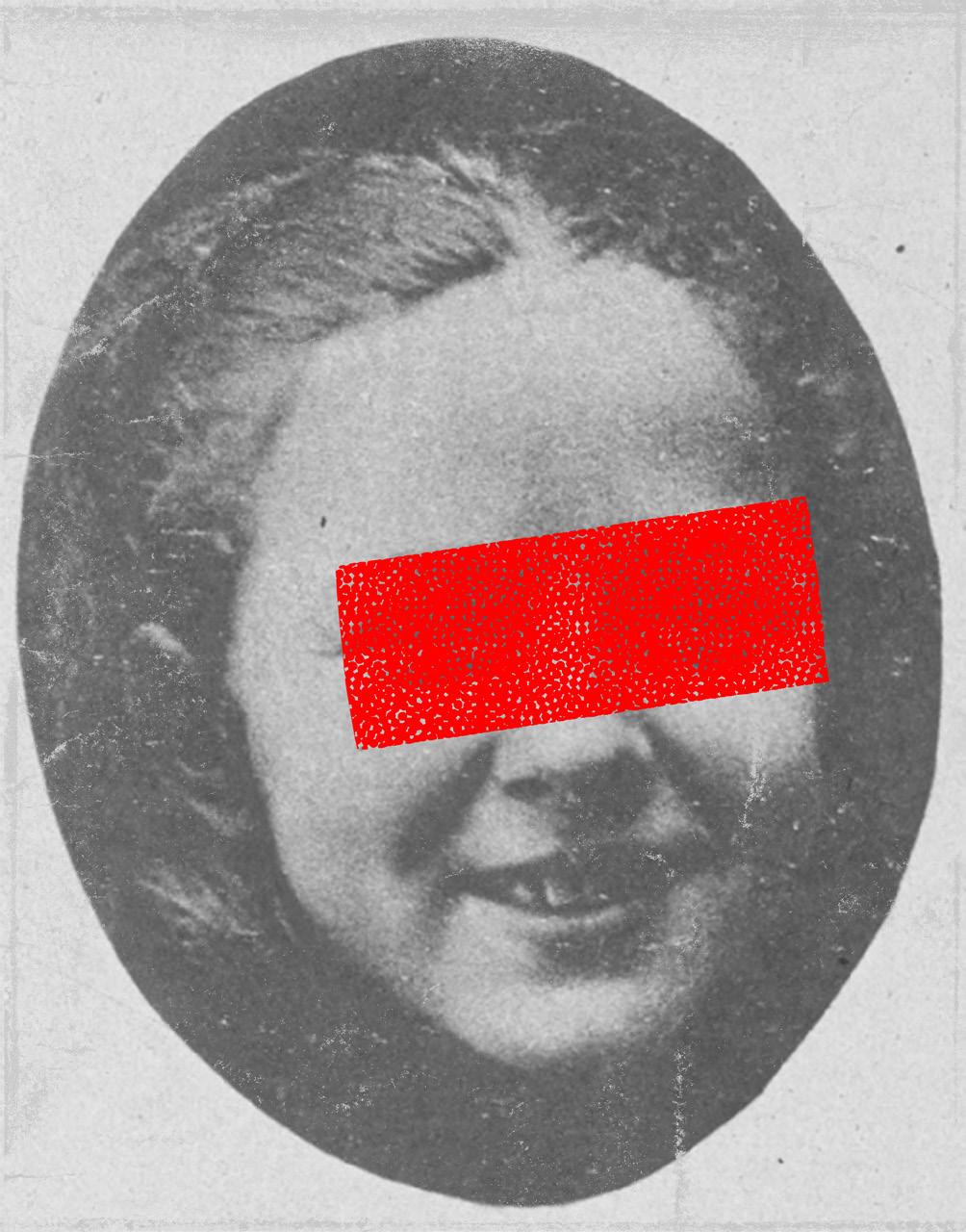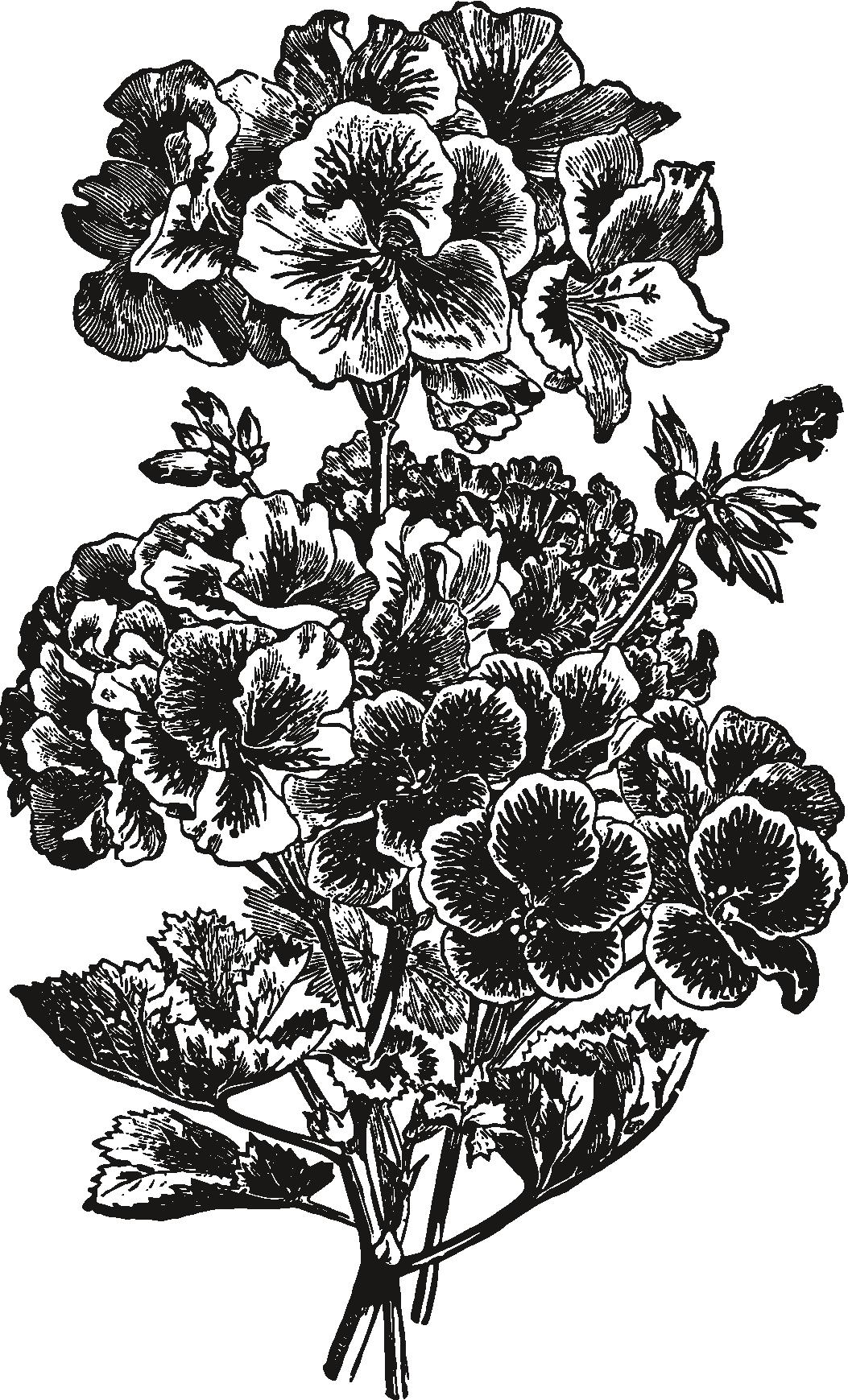
6 minute read
Dirty Girls” - Riot Grrrl, Kinderwhore, and Subverting Expectations Through Style


Advertisement



dirty girlsriot grrrl, kinderwhore,
kSubverting Expectations Through As far as feminist music goes, riot grrrl and descendants of the genre are perhaps the brashest examples. Riot grrrl is a subgenre of grunge that began in the Pacific Northwest punk scene of the early 1990s. It was an inherently and unapologetically political genre, with DIY-ed zines that included collections of writing and art, a Riot Grrrl Manifesto declaring the radical goals and ideals of the genre, and, of course, music used to embrace and spread its thinking. With its foundationally feminist ideals, riot grrrl became something of a movement in its heyday, which can be attributed to its direct link to the thinking behind third-wave feminism. Hatred for the capitalist, sexist society into which they were born, and the desire to create communities where grrrls could criticize and applaud their own music – without the input of gatekeeping men – fueled the subject matter of riot grrrls’ output. Bands like Bikini Kill, Bratmobile, and Sleater-Kinney are generally Style considered to have been those to kickstart the subgenre’s popularity. Albums like Bikini Kill’s Pussy Whipped (1993) and Bratmobile’s Pottymouth (1993) partly outline why the movement exists, speaking to the torment women and girls face in a society that sees them as dumb, weak, and innocent, pressured into being feminine (“Alien She” - Bikini Kill) and meant to be used by men (“Love Thing” - Bratmobile). In addition, each album praises the rule-breaking spirit of new-age feminists: reclaiming their sexualized bodies, freely singing (screaming, really) about sexual experiences, and celebrating their statuses as rebels for doing so – both socially and musically – to the tune of noisy instrumentals and microphone feedback. The visual aspects of riot grrrl are just as important as its audible characteristics. The riot grrrl look generally overlaps with that of 90s alt-rock and grunge, but is made distinct by several iconic pieces inspired by the genre’s ideals. Kathleen Hanna’s (Bikini Kill and Le Tigre) red, form-fitting dress with “KILL ME” written across the chest comes to mind, as does Allison Wolfe’s Hatred for the capitalist, sexist society into which they were born, and the desire to create communities where grrrls could criticize and applaud their own music fueled the subject matter of riot grrrls’ output.

(Bratmobile) t-shirt with two hands, one printed over each breast, and the shows where Hanna and others would perform clad only in a bra and/or underwear. Each of these outfits mirrors the music produced by its wearer. Both make an obvious statement against the standards pushed onto women, specifically those in the music industry. There is something to be said for a style that pairs seamlessly with the music one produces, but what happens when aesthetic and music purposefully clash? The result of this can be explored when considering kinderwhore, an offshoot of the riot grrrl genre. Upon trying to explain the music and fashion of kinderwhore to a friend of mine, he jokingly referred to the bands defined by the aesthetic as “dirty girls’’ which, despite his lack of seriousness, is not technically wrong. Close your eyes for a moment and imagine a girl who is the perfect image of traditionally ‘feminine,’ from her blonde hair, to her babydoll dress, to her dainty Mary Janes. Now, imagine her hair is messy, her makeup smudged, her dress dirtied, and her tights covered in tears and runs; imagine her croaking and screaming lyrics like “I’ve got a crotch that talks/It talks to all the cocks’’


and “You cunthole bitch” (“Handsome and Gretel” - Babes in Toyland) over shrieking guitars and heavy drums. This is kinderwhore. Unlike riot grrrl, kinderwhore isn’t exactly a genre of music, but rather a name given to the style worn by a group of riot grrrl and riot grrrl-adjacent bands of the time, which was coined by music journalist Everett True during an interview with Kurt Cobain and Courtney Love. Kat Bjelland, frontwoman of the band Babes in Toyland, is thought to have been the pioneer of the then-unnamed style in the early 1990s, with possible inspirations being the Muffs’ Kim Shattuck and Daisy Chainsaw’s Katie Jane Garside. Bjelland often wore pink or white dresses with Peter Pan collars and poofy sleeves, her white-blonde hair constantly tousled to match the unrestrained sound of the Babes. Bjelland’s former roommate, Hole’s Courtney Love, popularized the style and noted publicly that the point of the look was its irony. Although the musicians called kinderwhore never defined themselves as such, the subversion done by bands like The Lunachicks, Hole, Babes in Toyland, and others is accurately described by the term. Each band uses their feminine-yet-grimy style to subvert expectations of how gender is performed through music. Like riot grrrl, bands under the umbrella of kinderwhore attack societal perceptions of what a woman is supposed to be through loud, fast music with furious and crude lyrics shouted into the microphone; the band 7 Year Bitch’s “Dead Men Don’t Rape” gets the message across especially well, for instance. The distinction between riot grrrl and kinderwhore bands comes in the way fashion is used to supplement their music. Riot grrrl bands’ style reflects their music, while kinderwhore bands’ style is nearly the antithesis of their sound to further subvert expectations. Pale pink dresses, lacy socks, and hair


accessories are starkly contrasted with black combat boots and damaged clothes, crafting the image of a purposefully failed attempt at femininity – a good girl gone bad, in a sense, and a good girl gone even worse as she gutturally screams about wanting to be violent. The viewer and listener are forced into the perhaps uncomfortable position of seeing clothing often associated with childlike and innocent behavior worn by women who act in the exact opposite manner, which is precisely the goal of kinderwhore. Like riot grrrl, kinderwhore is no longer widely recognized, at least in the way it was in the 90s. Despite the work both subgenres and their respective styles have done to subvert expectations of femininity, both uphold it in some way, whether it be by excluding trans identities from their feminism, as some riot grrrl communities have been accused of doing, creating spaces almost exclusively for white grrrls, or inadvertently maintaining the gender attached to a particular style of clothing by marking it as ‘feminine’. That legacy of subversion remains, however, and can be seen in more recent manifestations of subgenres like queercore, which continue to use punk as a means to express loathing for systemic wrongs, as well as challenge traditional ideas of gender. • Sarah Lamodi (English/Media and Screen Studies)







